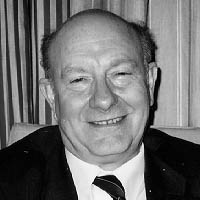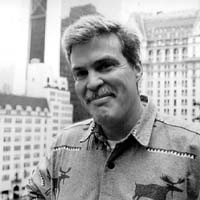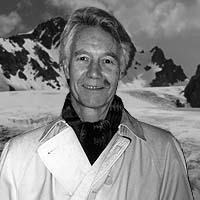My guess is that if the question of human extinction is ever posed clearly, people will say that it's all very well to say we've been a part of nature up to now, but at that turning point in the human race's history, it is surely essential that we do something about it; that we fix the genome, to get rid of the disease that's causing the instability, if necessary we clone people known to be free from the risk, because that's the only way in which we can keep the human race alive. A still, small voice may at that stage ask, "But what right does the human race have to claim precedence for itself?" To which my guess the full-throated answer would be, "Sorry, the human race has taken a decision, and that decision is to survive. And, if you like, the hell with the rest of the ecosystem."
Introduction
John Maddox, who recently stepped down as editor of Nature, occupies a unique place in today's culture. During the past 22 years he managed to build Nature into the premier publication of its kind, while still retaining the respect of the international science community for his intellect and writing.
In this discussion he talks about what we need to be concerned about: the increasing accumulation of data on a huge scale, lack of quantitative progress in biology, infection, impact, cloning, and the stability of the human genome.
—JB
SIR JOHN MADDOX (1925–2009), who served 22 years as the editor of Nature, was a trained physicist, who has served on a number of Royal Commissions on environmental pollution and genetic manipulation. His books include Revolution in Biology, The Doomsday Syndrome, Beyond the Energy Crisis, and What Remains to be Discovered: The Agenda for Science in the Next Century.



